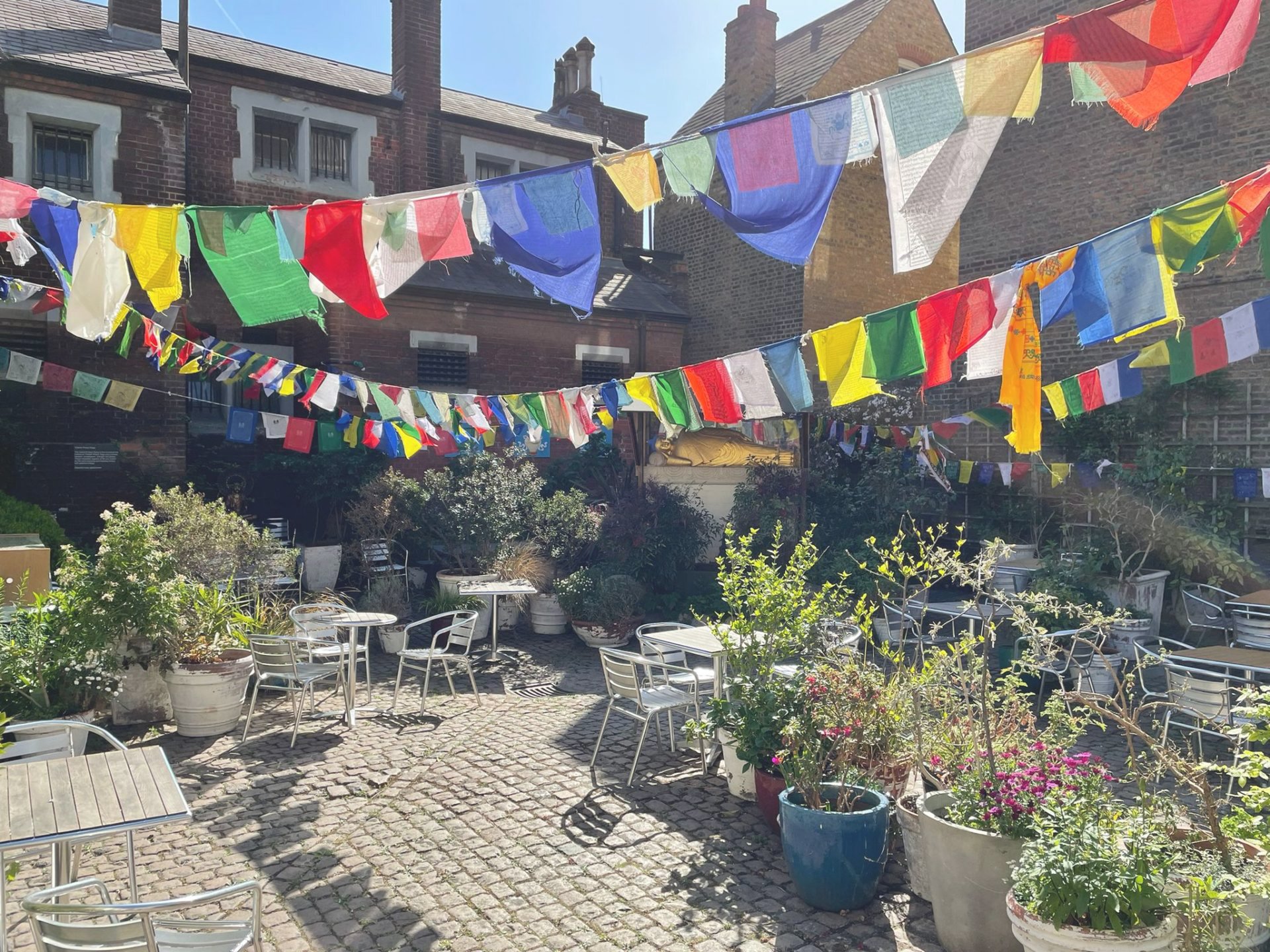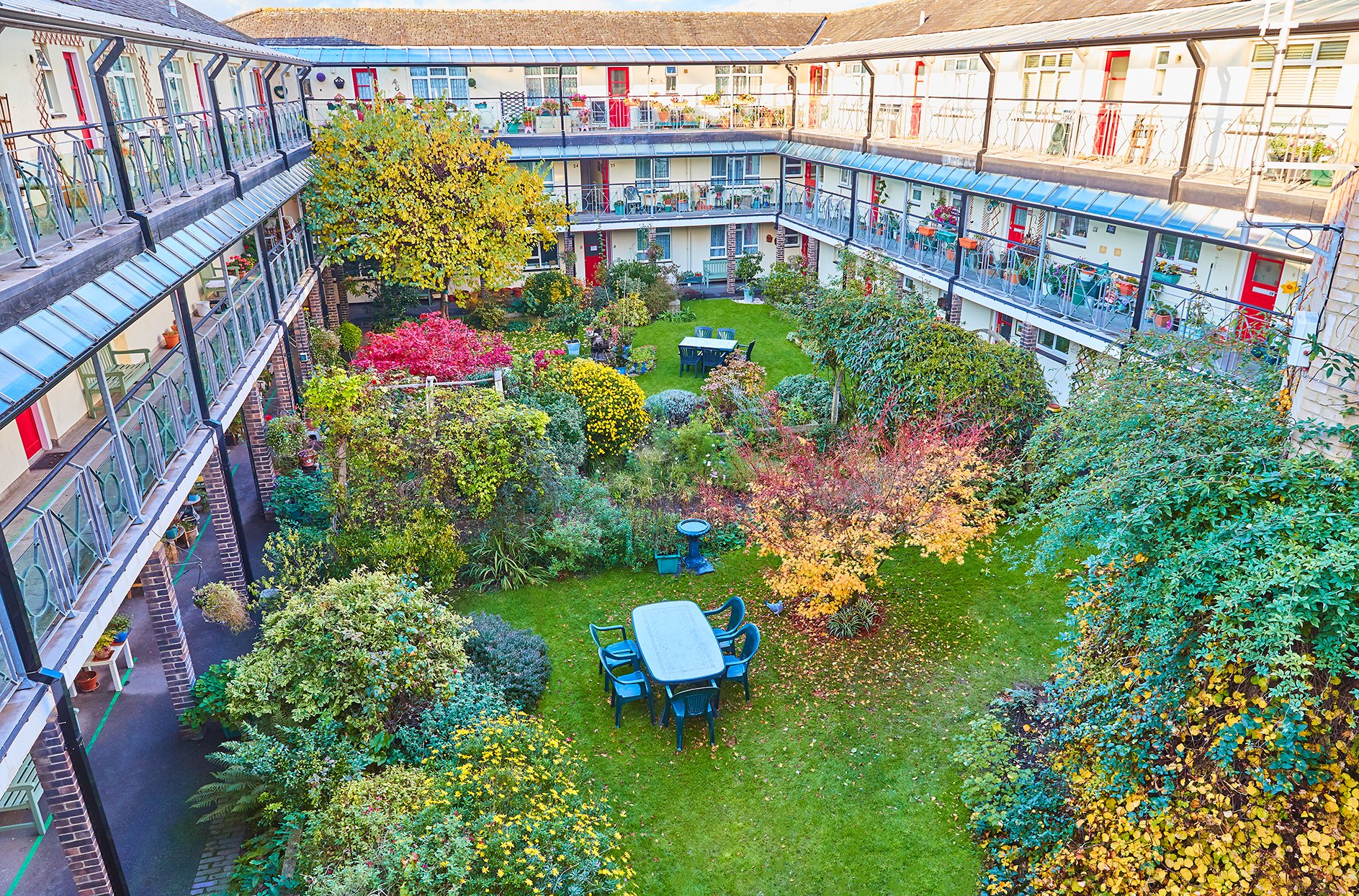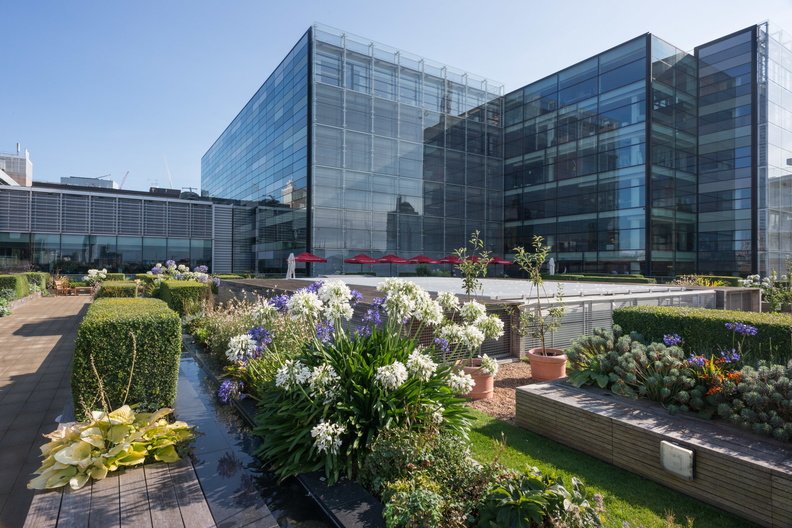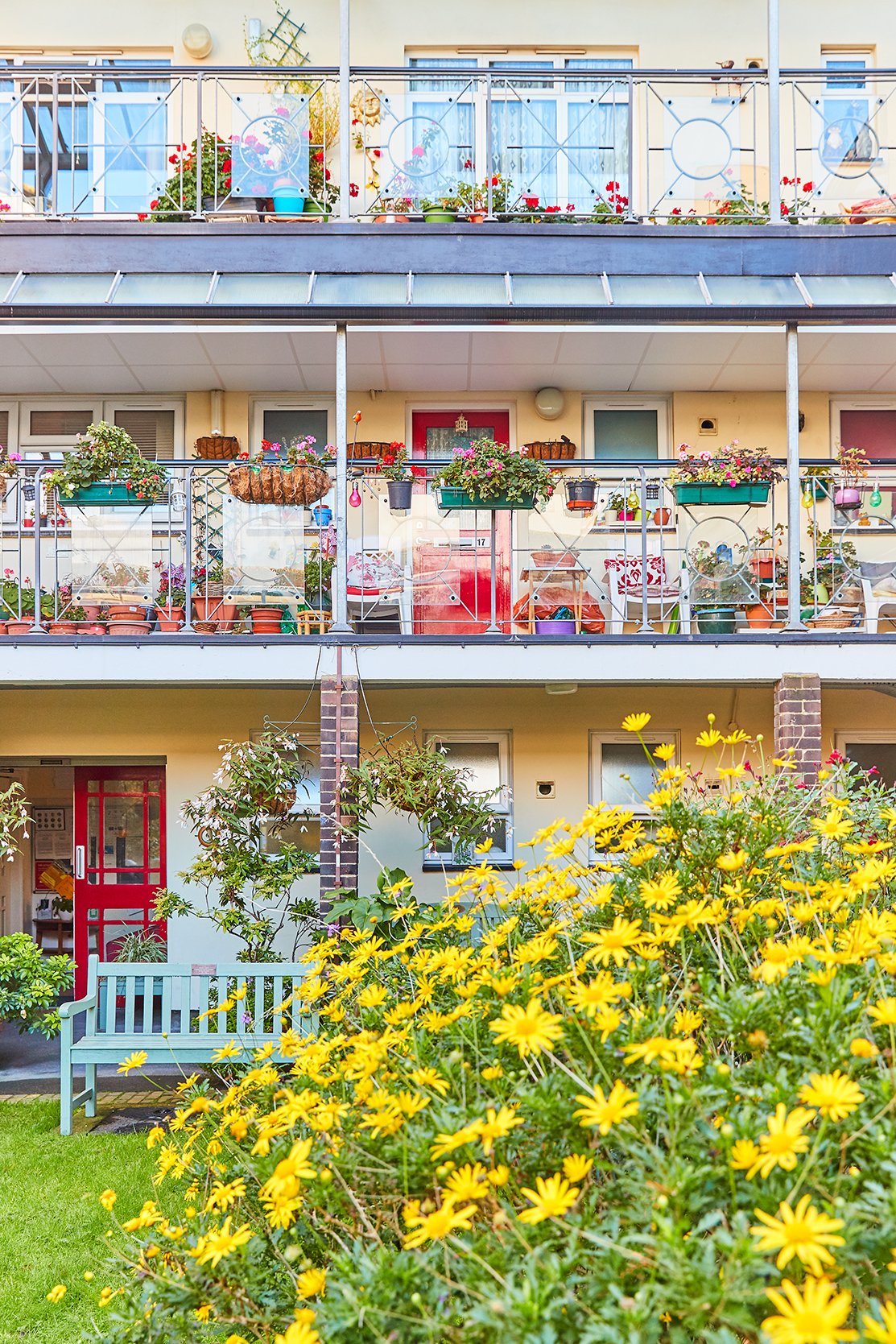Secret Gardens: Visiting London’s Green Spaces
Looking at a map of London, it may amaze you to see just how many green patches have mushroomed in this city. They dot about our congested Zone 1, peppering the sides of roads and following the snaky bends of the Thames. They get bigger as you go further out, dominating vast swathes of the outskirts. But one annual event throws this into sharp relief.
During London Open Gardens, spaces that are generally inaccessible to the public throw open their gates, and the true extent of London’s lushness becomes visible.
What is perhaps most interesting is the different roles these gardens fulfil in people’s lives. Many of them serve a purpose beyond offering people a place to sit. Whether these benefits are emotional, environmental, or spiritual, Open Gardens showcases the effect that private gardens can have.
First and foremost, they provide sanctums from bustling city life, a quality perhaps most evident in gardens connected to religious institutions. A haven for those in the community to gather and unwind, the Ismaili Centre is moments away from South Kensington station. Its serene rooftop garden slots in between the grandeur of the V&A and the Georgian houses across the street, separated only by leafy, evergreen borders.
Following a traditionally Islamic Chahar Bagh design, the garden is split into four quadrants by running water, a layout based on the four gardens of Paradise mentioned in the Koran. The gentle burbling of the fountains muffles the sounds of the streets below and the planes above, providing a sanctuary in this out-of-reach middle zone.
Across the river is Lambeth’s Jamyang Buddhist Centre, located outside a large, pedestrianised estate. A former Victorian police station, the garden bursts with colour. Tibetan prayer flags are strung jubilantly across the courtyard, and a hodgepodge of flowers and trees, as well as a golden sleeping Buddha statue add still more vibrancy. Voted the best ‘sacred space’ in London, it was inaugurated by the Dalai Lama himself. Apart from being a religious hub, the garden is a free-to-enter community space that hosts workshops, bringing people together and feeding those in need.
The polar opposite to a place of worship is probably a private garden run by a corporation. These plots are interesting beyond their aesthetics; they claim to make a real difference by educating their employees and sparking positive ecological change. However, understandably, cynics may question their true motives, wondering whether this focus on environmental impact is a shortcut to landing more lucrative development opportunities.
Whatever the case may be, the city’s skyline is now crowned by biodiversity initiatives, kitchen gardens and meadows—all of which are entirely invisible from street level.
In a city that can seem so frantic, knowing where to go to clear your head is a valuable thing.
At 245 Hammersmith Road, a multi-office building which looks, at first glance, no different to any behemoth newbuild, an Open Gardens volunteer is quick to remark on the range of species that have been found in the roof garden. A number of rare specimens are thriving on the terrace, they added, in a space left largely undisturbed by predators—aside from the occasional pigeon, that is.
Other gardens place a focus on pollinator-friendly planting, with some even installing their own beehives. Both law firm Eversheds Sutherlands and financial holding company Nomura International give their staff the chance to learn about, care for, and interact with, the insects housed on their roofs—events that become quickly booked up, one employee asserted. No doubt these are a welcome change from long days at the desk. While there has been controversy in recent years surrounding corporations who keep bees, both Eversheds Sutherlands and Nomura International mitigate risks by working with professional beekeeping firms.
Nomura’s partner, Api:Cultural, has constructed a number of solitary bee nesting grounds across the gardens in addition to the hives. This, along with Api:Cultural’s advice on biodiverse planting, resulted in a 90% increase in bumblebee visits between 2019 and 2021. The success of the initiative scored them a ‘Bees Needs’ award from the Department for Environment, Food and Rural Affairs in 2019; so although many companies are simply paying lip service when it comes to their environmental projects, it’s reassuring that others seem more committed in earnest.
Serving a social and community purpose is essential to many private gardens. Homelessness charity, The Passage, maintains a quiet rooftop terrace complete with seating spots and a memorial sculpture. So while the idea of a private garden may suggest something exclusionary, Open Gardens makes it clear that they are, in fact, places of community and care. The wellbeing aspect of gardens is duly noted by all volunteers. Occasionally it’s even the primary goal, not just a secondary benefit. One project with a particular focus on mental health is Core Landscapes, run by Hackney-based mental health charity Core Arts. Patients are referred to the initiative by the NHS, and many who attend the programmes go on to develop a deep love for gardening—some even turn it into a career, project director Nemone Mercer reported.
While London is an exceptionally green city, it’s even greener than it seems at first glance.
Voluntary work is what keeps the majority of these private gardens alive. A group of parishioners ‘with an average age of about seventy-five’, spend three hours each Friday morning mowing, trimming and watering the All Saints vicarage’s garden in Fulham. Their hard work certainly pays off—with its immaculate green lawn and flourishing rose bushes, it seems a world apart from the busy high street just a stone’s throw away.
While London is an exceptionally green city, it’s even greener than it seems at first glance. It’s no wonder that many visitors at Open Gardens can be heard discussing the event as a cornerstone of their summer, or explaining that they’ve booked a hotel in town to get the most out it—for there’s barely enough time to scratch the surface of the 117 gardens on offer. Though some of these spaces might not be available to us, others are open to visit all year round, often for free. So here’s a tip that ought to see you through summer: why not seek out these shaded places? In a city that can seem so frantic, knowing where to go to clear your head is a valuable thing.
Beyond simply granting access to some of London’s secret green spaces, Open Gardens showcases the important, often unrecognised work of private gardens and those who run them. New gardens join the roster each year, and 2024’s weekend is sure to be even more impressive.
The copyright of these images is not held by LONDNR. For more information, contact the permission holder.





